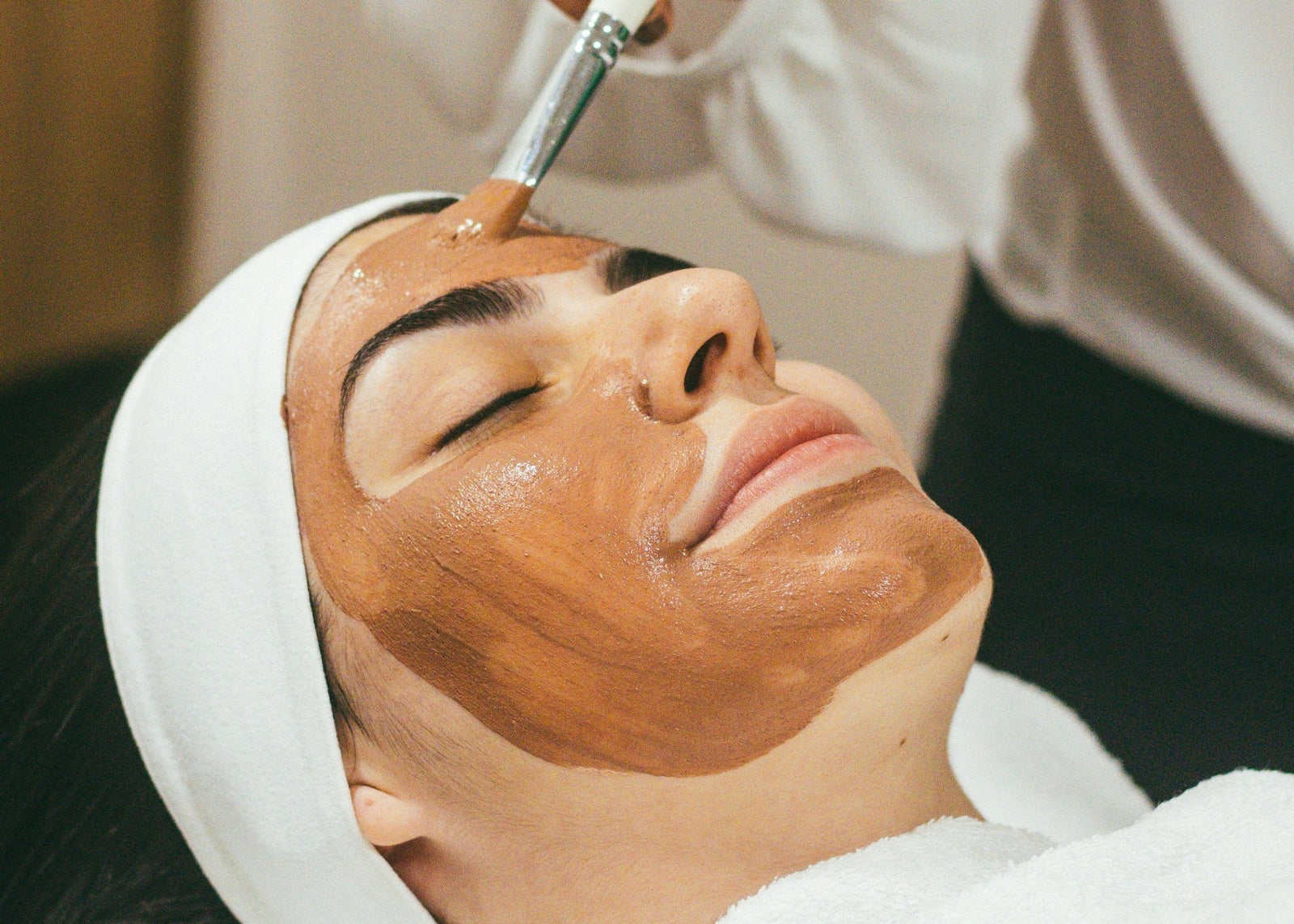
The Benefits of Facials for Your Skin
Facials are a popular skincare treatment, offering a myriad of benefits for your skin. They are not just a luxury indulgence but a necessity for maintaining healthy, glowing skin. From cleansing and exfoliation to hydration and rejuvenation, facials can do wonders for your skin. Let's explore the benefits of facials and why they should be a part of your regular skincare routine.
Understanding Facials
Before we delve into the benefits, it's essential to understand what a facial is. A facial is a multi-step skin treatment that includes a variety of procedures such as cleansing, exfoliating, extracting, massaging, and applying products like masks, serums, and moisturizers. These steps are designed to improve the health and appearance of your skin.
Facials can be customized based on your skin type and concerns. For instance, if you have acne-prone skin, your esthetician may focus on treatments that unclog pores and reduce inflammation. On the other hand, if you have dry skin, your facial might emphasize hydration and nourishment.
The Benefits of Facials
Facials offer numerous benefits for your skin. Here are some of the most significant advantages:
Deep Cleansing
One of the primary benefits of facials is deep cleansing. Facials go beyond the surface level to cleanse your skin thoroughly, removing dirt, oil, and impurities that your regular cleanser might miss. This deep cleansing can help prevent acne, dullness, and other skin issues.
Moreover, facials often include steam, which opens up your pores and makes it easier to extract blackheads and whiteheads. This results in cleaner, clearer skin.
Exfoliation
Exfoliation is another key component of facials. Your esthetician will use a scrub, peel, or enzymatic treatment to remove dead skin cells from the surface of your skin. This process reveals the fresh, healthy skin underneath and promotes cell turnover.
Regular exfoliation can help improve the texture and tone of your skin, reduce the appearance of fine lines and wrinkles, and make your skin look brighter and more youthful.
Hydration and Nourishment
Facials are excellent for hydrating and nourishing your skin. After cleansing and exfoliating, your esthetician will apply a mask, serum, or moisturizer that's packed with beneficial ingredients. These products penetrate deep into your skin, delivering intense hydration and nourishment.
Moreover, facials often include a massage, which improves blood circulation and helps your skin absorb the products more effectively. This results in plumper, healthier-looking skin.
Choosing Natural and Sustainable Ingredients
When it comes to facials, the ingredients used can make a significant difference. Natural and sustainable ingredients are not only better for your skin but also for the environment.
Natural ingredients, such as plant extracts, essential oils, and minerals, are packed with nutrients that nourish your skin. They are usually gentler and less likely to cause irritation or allergic reactions compared to synthetic ingredients.
On the other hand, sustainable ingredients are those that are sourced and produced in a way that minimizes harm to the environment. By choosing facials with sustainable ingredients, you're not only taking care of your skin but also doing your part to protect our planet.
How to Incorporate Facials into Your Skincare Routine
Now that you understand the benefits of facials, you might be wondering how to incorporate them into your skincare routine. Here are some tips:
-
Start with a consultation: Before you get a facial, it's important to consult with a professional esthetician. They can analyze your skin, identify your concerns, and recommend the best treatments for you.
-
Choose the right facial: There are many different types of facials, each designed to address specific skin issues. Make sure to choose a facial that's suitable for your skin type and concerns.
-
Stick to a schedule: For the best results, it's recommended to get a facial every 4-6 weeks. This is because your skin cells regenerate approximately every 28 days, so getting a facial once a month can help maintain your skin's health and appearance.
-
Follow a good skincare routine at home: In between facials, it's important to maintain a good skincare routine at home. This includes cleansing, toning, moisturizing, and applying sunscreen daily, as well as exfoliating 1-2 times a week.
Conclusion
Facials are a wonderful way to pamper your skin and address various skin concerns. They offer numerous benefits, including deep cleansing, exfoliation, hydration, and nourishment. Moreover, by choosing facials with natural and sustainable ingredients, you can take care of your skin while also caring for the environment.
Remember, the key to healthy, glowing skin is consistency. So, make facials a regular part of your skincare routine, and don't forget to follow a good skincare regimen at home. Your skin will thank you!














